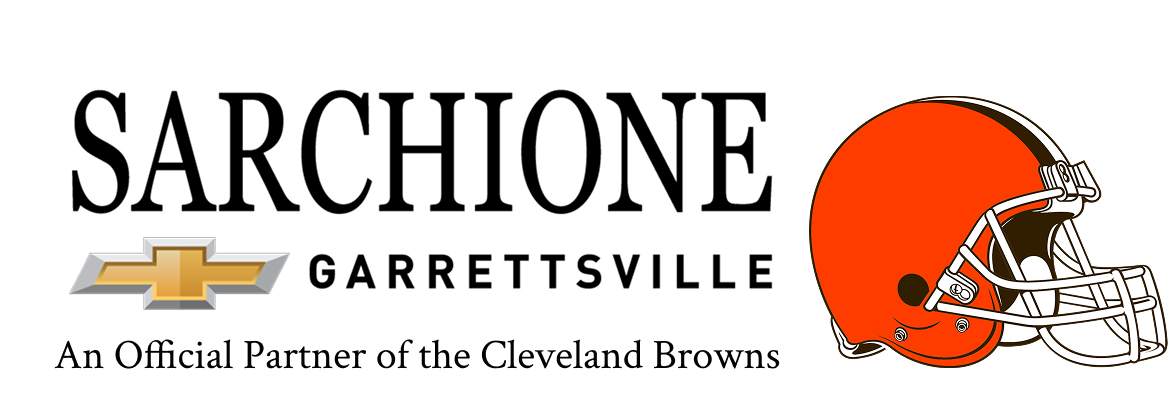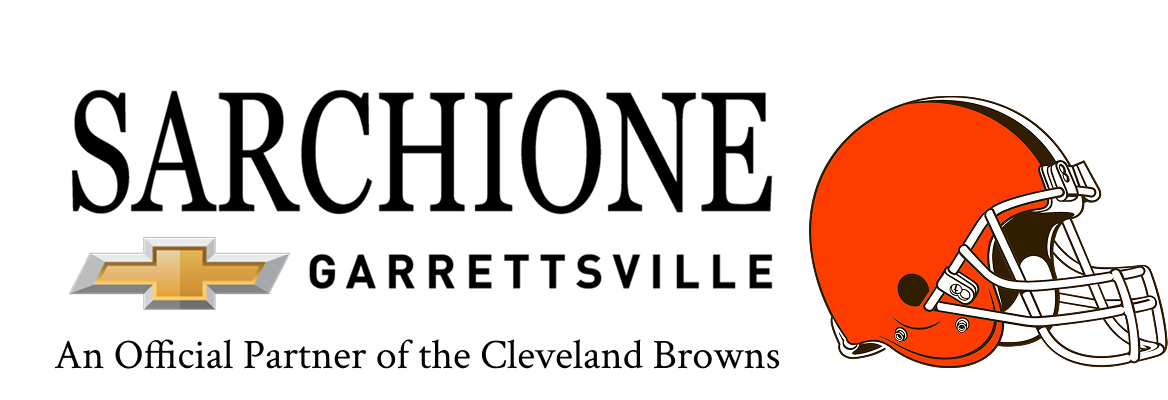The gearbox in your Chevy plays a vital role in transferring power from the engine to the wheels, ensuring smooth and efficient driving. A gear box problem can disrupt your vehicle's performance, leading to issues such as difficulty shifting gears or unusual noises. Recognizing the symptoms of a gearbox issue early can help you avoid costly repairs and ensure your Chevy stays in top condition. This guide will help you identify common gearbox problems and provide tips on what to do if you suspect an issue.
Step 1: Recognize the Symptoms of a Gearbox Problem
Here are the common signs that your Chevy’s gearbox may have an issue:
1. Difficulty Shifting Gears: Struggling to shift gears or feeling resistance when changing gears could indicate worn components or a problem with the gearbox fluid.
2. Grinding or Clunking Noises: Unusual noises when shifting gears may be a sign of damaged gear teeth or internal wear.
3. Slipping Gears: If your Chevy unexpectedly shifts out of gear or doesn’t stay in gear, it could point to a serious gearbox issue.
4. Leaking Fluid: Gearbox fluid leaks are often identifiable by reddish or brownish liquid under your vehicle. Low fluid levels can cause overheating and wear.
5. Burning Smell: A burnt smell may indicate overheating gearbox fluid, often caused by low fluid levels or contamination.
6. Delayed Response: A lag between shifting gears and the vehicle’s response could be due to internal gearbox damage.
7. Vibrations or Shaking: Excessive vibrations or shaking while driving can signal problems with the gearbox or related components.
Step 2: Inspect the Gearbox and Fluid Levels
If you suspect a gearbox problem, perform a basic inspection:
• Check Fluid Levels: Low or dirty gearbox fluid can cause shifting issues. Use the dipstick to check the fluid level and condition. If the fluid is dark or has a burnt smell, it may need replacement.
• Inspect for Leaks: Look under your vehicle for fluid leaks near the gearbox or transmission pan.
• Listen for Noises: Drive at various speeds and listen for grinding, clunking, or whining noises that might indicate a problem.
Step 3: Understand the Causes of Gearbox Problems
Gearbox issues can result from several factors:
• Wear and Tear: Over time, components like gears, bearings, and synchronizers can wear out, leading to performance issues.
• Low or Contaminated Fluid: Insufficient or degraded fluid can cause overheating, poor lubrication, and component damage.
• Improper Use: Aggressive driving or improper shifting techniques can put extra strain on the gearbox.
• Lack of Maintenance: Skipping regular gearbox service can lead to buildup and premature wear.
Step 4: Address the Issue Promptly
If you identify a gearbox problem, take the following steps:
1. Refill or Replace Fluid: If the fluid is low or dirty, refill it or schedule a fluid change.
2. Avoid Driving: Continuing to drive with gearbox issues can worsen the damage. Stop driving and seek professional assistance if the symptoms persist.
3. Consult a Technician: Complex issues like internal damage or faulty components require inspection and repair by certified technicians.
Step 5: Prevent Future Gearbox Problems
If your Chevy shows signs of a gear box problem, let the certified technicians at Sarchione Chevy of Garrettsville diagnose and fix the issue. From fluid changes to component repairs, we ensure your gearbox performs at its best.
While visiting, explore our wide selection of new and pre-owned Chevrolet vehicles. Whether you need professional maintenance or are searching for your next car, Sarchione Chevy of Garrettsville is your trusted destination. Schedule your appointment today and let us keep your Chevy running smoothly.


